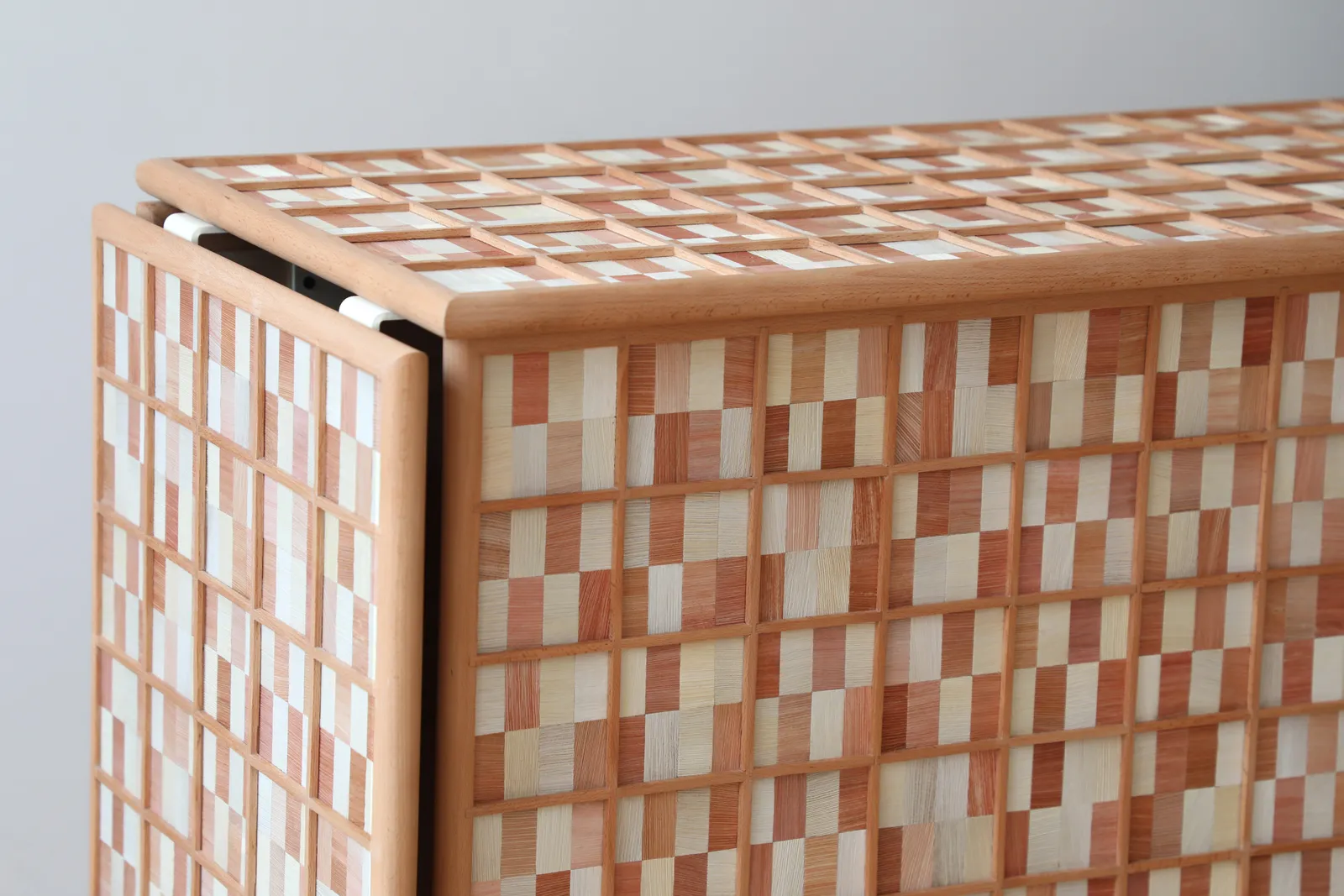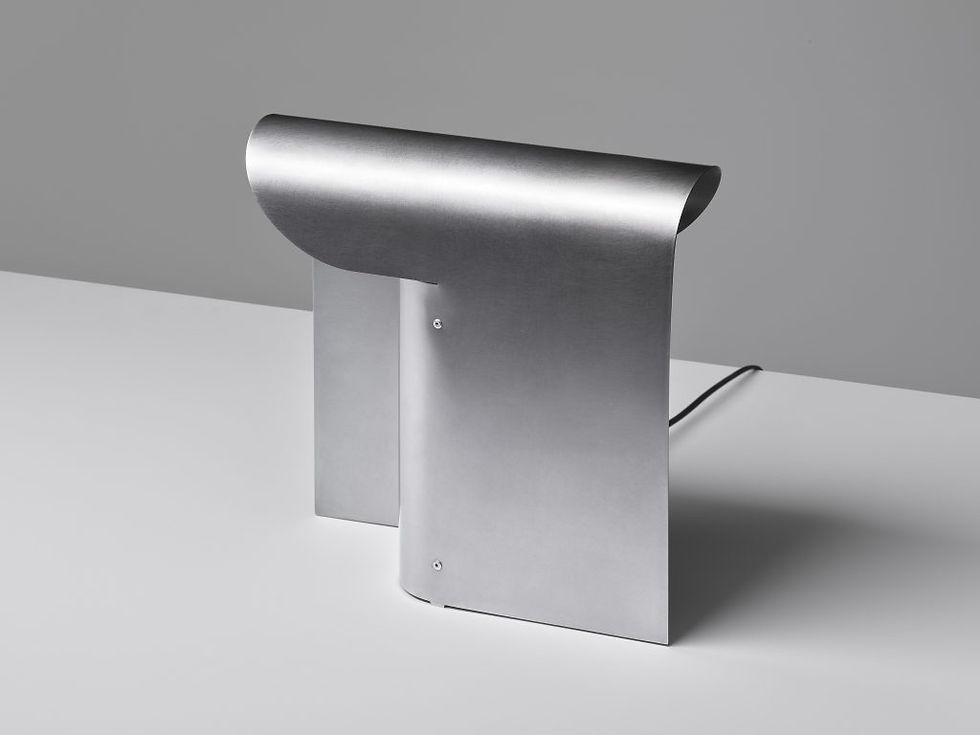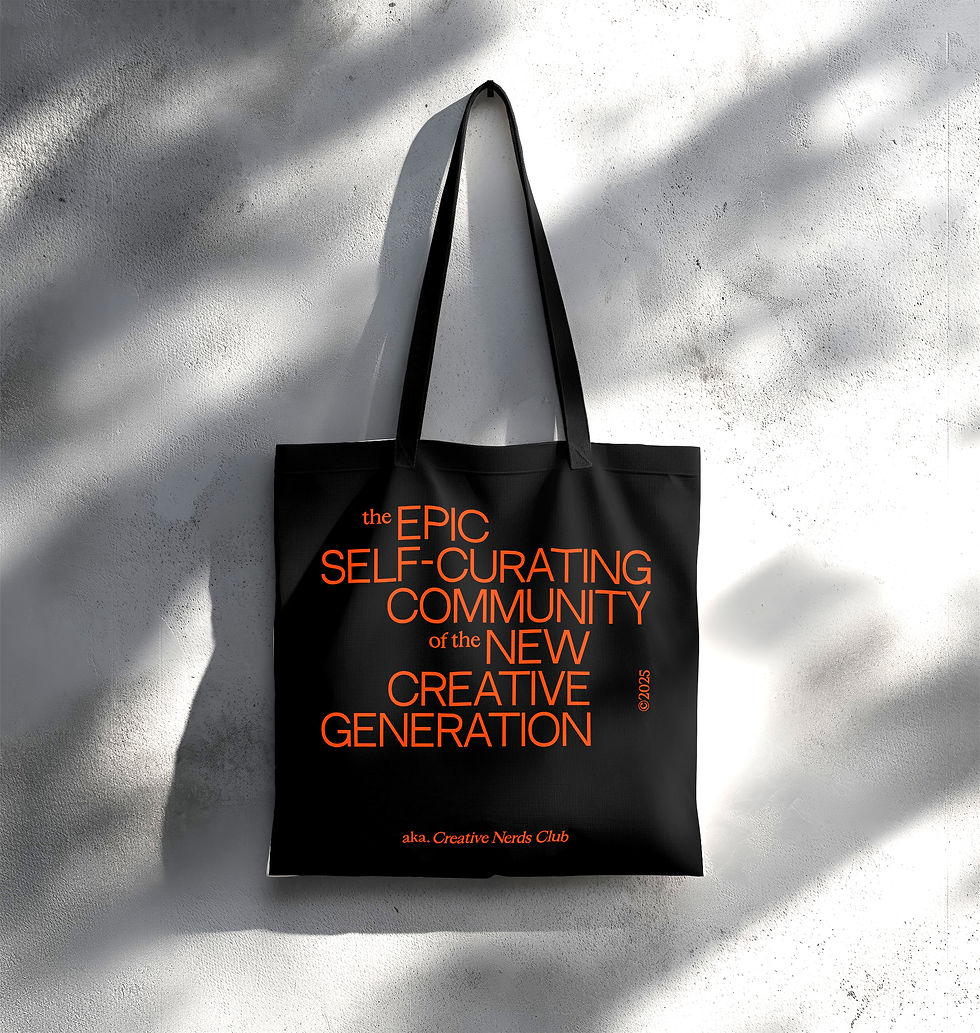Fernando Laposse | Designer
- Onur Çoban

- Nov 4, 2024
- 7 min read

Fernando Laposse is a pioneer who aims to go deeper into rural areas by breaking the ordinary moulds of the design world. While making Mexico's cultural heritage a part of modern design, he builds a bridge between agriculture and environmentalism. He believes that design can be not only an aesthetic expression but also a tool that produces solutions to social problems. Laposse, who draws attention with his projects that aim to serve rural communities and farmers by moving away from the traditional understanding of design, emphasises both Mexico's rich agricultural past and the importance of sustainable design, and shares how design can be a transformative force in the modern world. We had a conversation with Fernando about his production practice and his work.
Interview: Onur Çoban
How would you define your design philosophy?
I still consider myself a designer, though not in the traditional sense of an industrial designer. My primary interest lies in exploring how design can intersect with rural environments rather than urban ones. I'm fascinated by how design can serve farmers and rural communities, as opposed to focusing solely on city dwellers.
While my main audience may still be city residents and collectors of high-end furniture, my core philosophy centers on bridging design with farming and environmentalism. I’m interested in moving design beyond city boundaries, utilizing its problem-solving capabilities—not merely as an artistic endeavor, but as a tool to address rural challenges.
Portrait of Fernando Laposse by Pepe Molina
As I know you live in Mexico City. What role does Mexico's cultural heritage play in your designs? What are the strongest cultural memories that have shaped your design approach and identity?
Mexico is undoubtedly my ever-expanding source of inspiration. But what I try to avoid, given our strong cultural heritage, is using it in an overly direct way. Sometimes, this deep-rooted culture can feel a bit overwhelming, even constraining, so I’ve set myself the challenge of exploring Mexican identity more subtly. For instance, I avoid working directly with artisans. I don't go to villages with existing weaving traditions, hand them a drawing, and ask them to produce a design piece.
Instead, I'm more interested in Mexico’s cultural heritage as it relates to agriculture. Mexico has never been a center of industrial production or factories, neither now nor historically. However, what we have excelled at for centuries, even before the Spanish arrived, is agriculture—domesticating crops like corn, chilies, and tomatoes. Many staples of world cuisine wouldn't exist without the agricultural advancements made by ancient Mexicans.
So, I draw inspiration from this ancient, millennia-old knowledge about plants, about understanding and working with them. It's about creating something greater than what nature offers by collaborating with it positively. Not only is this approach non-destructive, but it can be truly abundant when done right. In my work, I aim to highlight and celebrate our farmers through design, letting them shine as a fundamental part of Mexican identity.
Over 1,000 pounds of string—handmade from about 15,000 agave fibers—were used for the Pink Beasts, installation in the Design Miami District. Photos by Pepe Molin.
Natural materials play a big role in your work. What factors do you consider when researching materials or choosing materials for your new projects? Can you tell us about the material choices in your works?
My primary materials are natural ones sourced from the land—corn leaves, corn husks, agave fibers, loofah, and, more recently, avocado skins. I aim for cohesion and coherence in my material choices, so I avoid combining these natural materials with synthetics like plastic. Occasionally, I’ll use wood as structural support, but ultimately, it’s the story behind the materials that drives me.
Each of these materials is linked to a community or a place facing unique challenges. For example, the corn and agave I use are produced in collaboration with an Indigenous community that lost its ability to grow food due to land erosion. This issue is deeply intertwined with broader, more complex economic histories. One factor, for instance, is Mexico’s trade agreement with the United States, the North American Free Trade Agreement (NAFTA) signed in the 1990s, which had severe repercussions on communities excluded from the benefits of global trade. Over the past decade, my work with corn and agave has been about supporting these communities so that they can restore and sustain their traditional permaculture systems. Agave helps prevent erosion, while corn brings back biodiversity, and the creation of new materials from these plants has become a means to finance this restoration.


Conflict Avocados by Sean Fennessy
In the case of avocados, there’s a different but equally compelling story. Global demand for avocados has fueled massive deforestation and even violence in parts of Mexico.
"For me, it’s essential to work on projects that demand long-term research, relationship-building, and a genuine investment in the communities involved. It’s much more than crafting an attractive surface; it’s about establishing a sustainable, interwoven system that benefits both people and the land."
Which of your works has excited you the most in terms of the design process and the final product?
The work I've been doing in Tonahuixtla is particularly meaningful to me, as it represents a process that goes far beyond the initial design. It began with developing the material, but from there, it extended to engaging with the community and establishing a whole system. We've been working on this for nearly ten years, and I view it as a lifelong project. Even though, in design timelines, a decade might seem like a long time, this type of work is just getting started. When you speak with anyone involved in reforestation, land regeneration, or large-scale regenerative agriculture, they often say that the first ten years are only the beginning.
Agave Fibers. Photos by Friedman Benda.
This project excites me the most because it operates as both a social experiment and a regenerative initiative. Year by year, we witness the benefits, navigate the challenges that still need solutions, and see how the community, the land, and the crops are improving together. Ultimately, it's a project centered on care. The essence of this work lies in building and nurturing the community and fostering a connection that extends beyond design.
Which important trends will determine the industrial design and furniture design sector in the coming years? What do you think we can expect in areas such as sustainability, digital production techniques and robotic technologies?
That's a big question, and I could speak for an hour about it. For instance, I use digital fabrication techniques extensively. I have a CNC machine that we incorporate into almost every project, as well as laser cutters and 3D printers. However, I use these technologies only when necessary. Ultimately, there's a significant element of handwork, labor, and craftsmanship that goes into these structures. While machines help with ease and speed of assembly, I still rely heavily on traditional techniques.
I design on the computer, so I’m not opposed to technology at all. After all, we would still be living like cavemen if we were stuck with the technology we started with. Embracing new technologies is essential, but I believe we are reaching a new frontier, especially with AI. While AI can be a wonderful tool, it also has the potential to make us exceedingly lazy. The pace of its development is staggering.



Ultimately, craftsmanship measures time—human time. The labor that goes into a piece reflects the hours spent creating it, and clients are increasingly appreciating this aspect. Luxury remains closely tied to handcrafted items. When clients purchase these pieces, they can share their stories with friends and family, reflecting on the time invested in making them.
Time is finite; every day we spend is a day we can’t get back. If these pieces symbolize the time sacrificed in their creation, they hold immense value. This is something that machines can never replicate. While you can create identical pieces with technology, we will increasingly ask questions about what these objects represent and signify. There is a growing pushback against the overstimulation of images where you can create something trendy with just a few clicks and a whispered command to a computer. It’s becoming so readily available that it risks choking itself. I don’t see this rapid technological advancement as the norm for the future. While it will certainly serve certain sectors well, in my field of collectible design furniture, handmade craftsmanship will always be paramount.
Can you tell us about the sources of inspiration behind your work? Who are the names you follow with curiosity in this field or in different disciplines?
Conceptually, my guiding star has always been Victor Papanek. His book, Design for the Real World, is like a bible to me because it emphasizes the importance of designing for real-world contexts. It’s incredible to see how relevant his ideas from the 1970s remain today—perhaps even more so now than ever.
The work I do in Mexico is rooted in this philosophy; it is designed specifically for the realities of Mexico and Latin America. This design is not something that would fit seamlessly into a European context, even if the pieces might eventually be sold there. The underlying system is tailored to address the specific challenges faced in Latin America. Victor Papanek is my constant inspiration.
Corn Kumiko Cabinet
When I was studying, I encountered the work of Forma Fantasma, who are only about five years older than me. I remember being struck by one of their early pieces that addressed migration, focusing on the migrants coming into southern Italy from Libya. This was a significant eye-opener for me; they present complex research in a way that goes beyond merely identifying a problem and proposing a design solution. Instead, they highlight the problem itself, doing so through objects that possess a high level of content and meaning.
I have great respect for FormaFantasma, and we've had some opportunities to collaborate, sharing clients and appearing on the same award shortlists. There’s a similarity in our work, even if we manifest it differently, and I believe they have pioneered a new design discipline. The Campana Brothers are another significant inspiration. Their contributions to Brazilian design have elevated Latin American design to new heights, which I find incredible. While I have many influences, I think I will stick to these three as my primary inspirations.
Are you excited about the future? What are your plans?
I'm super excited about the future. As I mentioned, I see the projects I work on as lifelong endeavors. In the short term, I'm really looking forward to the next harvest when we will pick up the corn because, for the first time in maybe four years, it finally rained. We've endured a long drought, and the last few years have been particularly challenging for farmers. Interestingly, this year, climate change has brought us some unexpected blessings; a lot of hurricanes came through, and while they caused significant destruction along the coast, we are situated inland in the desert, and they brought much-needed rain.
In the long term, I'm also excited about the many new projects we’re starting, including exhibitions in Korea and Qatar. These are wonderful opportunities to look forward to, as they will all take place in 2026. It's going to be an entire year filled with those experiences. Additionally, we’ve just moved to a new studio—a much larger space—which I’m thrilled about. We’re setting up new workshops, acquiring new machines, building a new team, and developing new skills. It’s an exciting new chapter for us!






















































